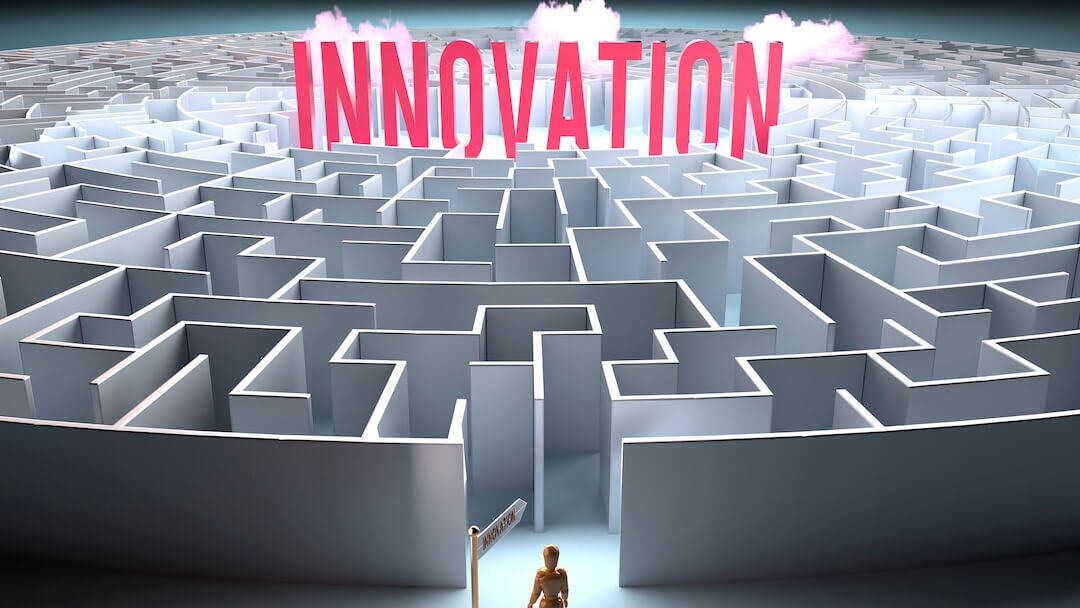The Digital Shift in Manufacturing: Creating New Customer Value with Data
As we navigate the profound changes brought by digital transformation, relying solely on advanced maintenance and product support services is...

In a dynamic business landscape like in services for manufacturing companies, strategic thinking is a necessity. Cultivating this skill across all levels of your organization can drive service transformation and innovation, creating unique value, and securing a sustainable competitive advantage in a fiercely competitive market.
Embracing strategic thinking is critical to navigating today's complex business terrain of services.
Many organizations, however, find themselves in a rather reactive cycle, addressing issues as they emerge rather than proactively shaping their future. This reactive approach hinders winning strategies and innovation for (long-term) success.
Strategic thinking is a generation of unique business insights aimed at establishing a competitive edge. So, these insights are deep and specific understanding of (future) opportunities, threats and solutions considering changing customer needs, as core capabilities, development of the industry and many other external aspects.
The ability to continually foresee, analyse, and act upon potential opportunities and challenges greatly enhances agility in an ever-evolving market. The notion that strategic thinking is reserved for top executives is a myth. Indeed, effective strategy formulation and execution necessitate the diffusion of strategic thinking throughout the organization, making it a shared responsibility that leads to a collective triumph.
Strategic thinking serves as a compass in the wild sea of modern business, underpinning the development of robust service strategies and aiding in successful navigation through unpredictable markets. Companies like Apple and Amazon owe their success to a firm commitment to strategic thinking, outsmarting competitors by continually evolving to better meet customer needs.
This highlights the shift from traditional 'strategic planning,' a static, repetitive exercise, to dynamic, continuous 'strategic thinking,' which offers sustainable competitiveness. As markets evolve and technologies advance, strategic thinking, characterized by adaptability and foresight, becomes an invaluable capability for any business seeking to stay ahead.
Mastering strategic thinking can be described in 5 maturity levels:
Strategic thinking involves the following crucial abilities, which anyone can continually strengthen by just doing more of each regularly:
Together, these elements constitute a powerful and practical strategic thinking framework.
In a changing business landscape, service leaders face exciting challenges with evolving customer needs, differentiating services, leveraging new technologies, and contending with competitive pressures. Strategic thinking enables these leaders to anticipate trends, discover new opportunities, and define compelling service strategies. It helps to escape from the common patterns and plans and differentiate from the competition and drive success and growth. It's a powerful catalyst, accelerating service transformation for a competitive edge.
Strategic thinking is vital for service innovation and transformation. To truly thrive in today's dynamic business environment, leaders are encouraged to nurture this skill throughout their organizations, building a sustainable competitive advantage for the future.
The Executive Service Roundtable in January covered exactly this topic: Strategizing for Data-Driven, Proactive Services.
Check out the post-meeting material to gain invaluable insights, engage with like-minded professionals, and unlock practical strategies that will empower you to unleash the full potential of your transforming service business.
View recordings, slides and meeting notes.
Subscribe for the our Impulse Letter
With regular updates about service news, trends and best practices.

As we navigate the profound changes brought by digital transformation, relying solely on advanced maintenance and product support services is...

Mastering service innovation in data-driven solutions requires overcoming challenges like strategic alignment, balancing goals, and managing risks....

Strategic focus in service transformation demands good alignment of global teams and stakeholders. This promotes agility in strategy execution and...